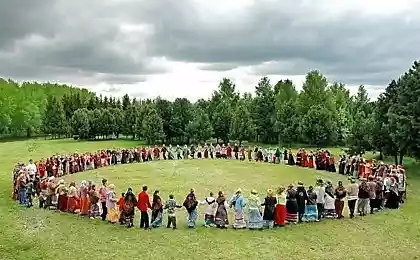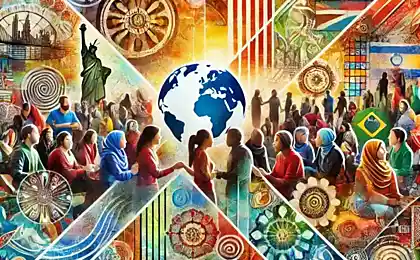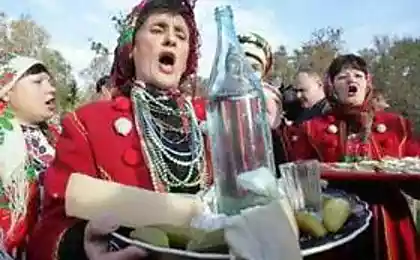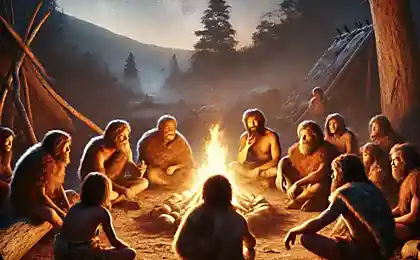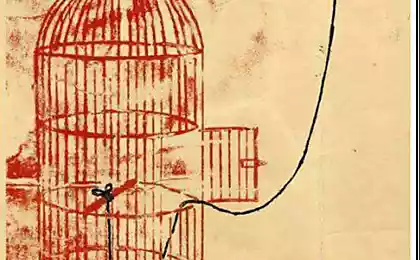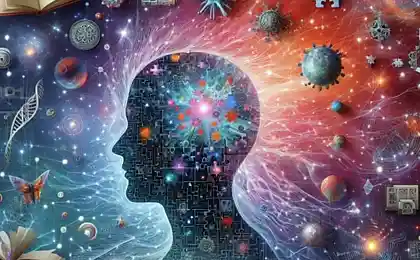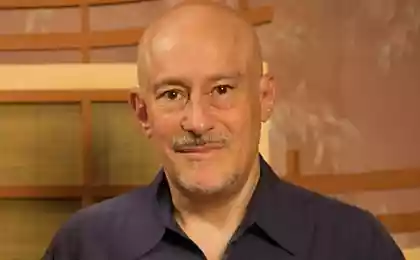296
Rituals of different cultures: how they shape our personality and worldview

Introduction. Throughout the history of mankind, rituals have occupied a central place in the life of different peoples. From shamanic rites that promote communication with ancestral spirits to christenings and wedding ceremonies, almost every society has entrenched customs that are passed down from generation to generation. Today, in the era of globalization, we have the opportunity to observe the ritual practices not only of our own people, but also of many other cultures. Amazingly, with a huge variety of forms and meanings, rituals of different peoples often intersect in the main motives: they help to structure human life, consolidate social norms and even form a worldview. In this article, we will talk about how rituals of different cultures affect personality, why many customs are so universal and how understanding other people’s traditions can enrich our own lives.
148380
What is ritual and why is it important?
The word "ritual" comes from the Latin ritus, meaning "established rite" or "religious ceremony." However, in the modern sense, rituals include a much broader range of activities that go beyond religious practices. They can be seen as specific repetitive behaviors performed to strengthen social ties and individual identity. According to UNESCO, the intangible cultural heritage (which includes holidays, rituals and traditions) is one of the key components of the spiritual image of any people.
Domestic and foreign anthropologists agree that the ritual contributes to:
- Establishing a collective identity. Entering the common space of the ritual, people feel their belonging to the community. They are literally “tuned” to one wave.
- Structure the life cycle. Weddings, funerals, initiation rites (entering adulthood) or birthday celebrations are all stages that help mark the transition from one state to another.
- Transfer of cultural values and experience. Through rituals and traditions, skills, norms and worldviews are transmitted, which are difficult to consolidate in another way.
- Reducing anxiety. The realization that thousands of generations before us have followed similar customs creates a sense of stability and belonging to something big and ancient.
Thus, rituals are not just “fun traditions” preserved from the depths of time. It is a powerful mechanism that allows a person to meaningfully interact with the world, forming a personality and strengthening social ties.
Rites reflecting the stages of life
Most cultures of the world attach special importance to rites that symbolize key milestones in human life. These rituals are often very similar in nature, but differ in form of performance. Let's look at a few examples.
1. Birth and naming ceremonies
In Christian cultures, infant baptism is one of the first important rituals in life, symbolizing the incorporation into a religious community. In India, a namakardan ceremony is held where a spiritual mentor or senior family member gives the child a name, and in some African cultures, the naming ceremony involves specially "glorifying" the infant through choral singing and tribal dances. In all cases, we see a common meaning: the entry of a person into a world where he has his own place and his own name is an important symbol of personal identification.
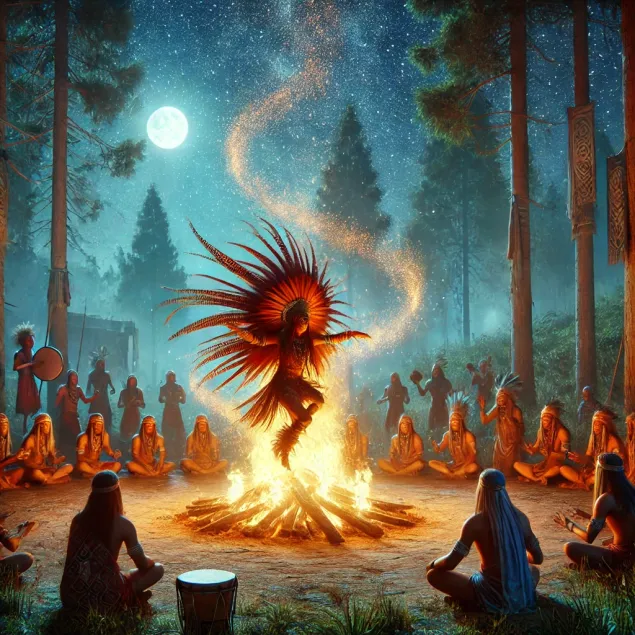
2. Initiation and transition into adulthood
Many nations hold special rituals to mark the moment a child becomes an adult. For example, in Latin America, the "kinseaner" is widely known - the celebration of the 15th anniversary of girls, a symbol of the transition to femininity and independent life. For some peoples of Africa, this transition is associated with tests of endurance and knowledge of traditions. In Japan, there is a holiday "Seijin-no-hi" (Coming of Age Day), when young people over 20 years old wear solemn kimonos and officially enter the adult world. The general idea is that ritual helps a person to become aware of a new social role, to celebrate his or her “initiation” and to accept responsibilities related to age.
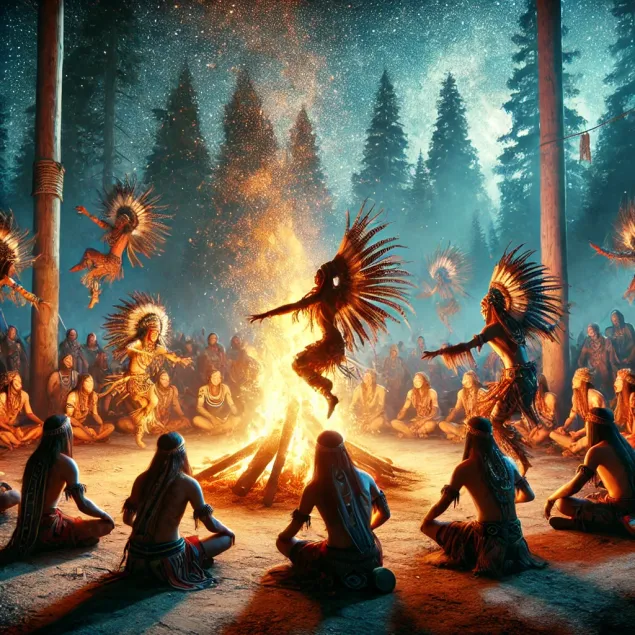
3. Wedding ceremonies
Marriage is an important point of transition when two people form a new unit of society. In different cultures, this ritual is accompanied by its symbols and attributes. From the tradition of wearing a white dress in the West to the colorful national costumes in India or ritual ceremonies in Japan, every wedding contains the idea of union and community of destinies. In many cases, it is not only a physical union of two people, but also a symbolic merger of their families. Often it is at this moment that cultural features become apparent: dancing, music, gift giving, the use of sacred objects (rings, amulets), etc.
How rituals shape the worldview
Ritual practices are not limited to life events: there are many annual holidays, seasons and dates when a community of people unites for a specific symbolism or memory of the past. What do these rituals teach us?
- Recognition of the cyclical nature of life. The holidays associated with the cycle of the seasons remind us of the alternation of birth, growth and dying, whether in nature or in social processes.
- Gratitude education. Many ceremonies include gratitude (to nature, gods, ancestors). It cultivates a sense of belonging to something bigger, teaches the appreciation of resources and opportunities.
- Cohesion in the face of difficulties. Collective rituals (religious services, mass festivals, memorial ceremonies) allow you to express compassion and unite in moments of common trials.
- Strengthening moral and ethical principles. Through rituals, people better understand the norms of behavior, learn empathy and mutual respect. At the heart of any ritual is an ethical message.
Thus, ritual practice affects not only the individual, but also the whole community, cementing his moral code and form of collective consciousness.
Why do different people have similar customs?
With all the uniqueness of each ethnic group, one can see that the rites of different cultures show many common features. Anthropologists explain this phenomenon by the fact that human behavior is based on universal needs and experiences: birth, growing up, death, the search for meaning, the desire for community. These universals find expression in a ritual form, which is a convenient tool for conveying values and norms.
Moreover, in the era of globalization, peoples have adopted customs from each other, although they have adapted them to their context. A perfect example is the European Christmas tradition, which has penetrated into Asian countries, where Christmas has become more of a secular holiday than a religious one. Or the holiday of Halloween, spread around the world through popular culture and the Internet. In this way, a vast network of cultural exchanges creates new “hybrid” forms of ritual that become part of world pop culture.
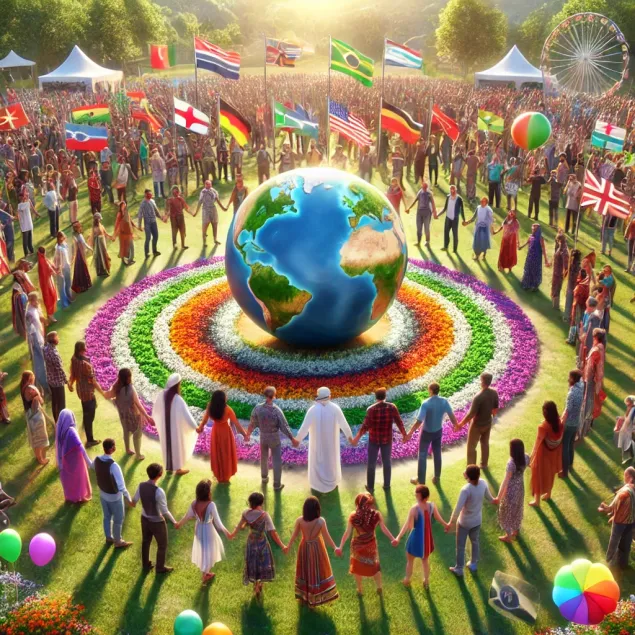
Mutual enrichment of cultural traditions
Understanding how similar the rituals of different peoples, we see that the perception of “alien” customs can make our worldview more flexible and tolerant. Studying other people’s rituals makes it possible to:
- Get in touch with their values. By participating in or observing the rite of another people, we begin to understand how important this or that tradition is to them.
- To feel the unity of humanity. Although forms and languages vary, many rites deal with universal aspects of being: the search for happiness, the expression of grief, the joy of meeting, etc.
- Rethink your own habits. Sometimes, when we become familiar with a new culture, we begin to wonder whether we need some changes in our rituals, or how we can enrich them with new elements.
How understanding a foreign culture enriches our own
Interaction with a foreign culture often causes a “culture shock” in people, but it can become a point of growth for an individual. If we do not confine ourselves to the negative perception of the “alien”, but try to understand the logic and depth of new ritual practices, then we discover a whole layer of human experience.
- Broadening your horizons. We cease to think that our “way of living” is the only possible one. It teaches us to respect the traditions of others.
- Developing empathy. When you see people in another land celebrating a wedding or commemorating the dead, you begin to deeply empathize with their experiences and joys.
- A critical look at your own stereotypes. When confronted with a foreign culture, we find that many of our “unshakable” norms are just habits, not absolutes.
All this affects the personality, making it more open, tolerant, ready for dialogue. In a world where people-to-people contact is increasingly close, cultural sensitivity and respect for the rituals of other communities are in high demand.
Conclusion
Rituals are not just preserved from antiquity vestiges or beautiful mass holidays, but a deep mechanism responsible for the formation of our personality, worldview and social order. By observing the rites of different peoples, we can see how universal human values are and how important it is for us to experience community and belonging to something greater. At the same time, each ethnic group has unique details and symbols that reveal their history, features of natural conditions and traditional way of life.
By understanding the rituals of other cultures, we not only enrich our knowledge of the world, but also acquire the tools for our own inner growth. After all, as practice shows, many rituals are a way to “tune” a person to a certain spiritual way, integrate social norms or simply celebrate life with loved ones and the community. Open perception of these traditions helps us to find harmony with the world around us and with ourselves, to realize the value of cultural diversity and to feel a living connection between the past, present and future generations.
Thus, acquaintance with the rites of different peoples is a way not only to broad knowledge, but also to deep personal transformation. And if we learn to see universal human values behind external ritualism, then we will take another step towards a meaningful understanding of ourselves and our neighbor.
Why Laughter Prolongs Life and How to Learn to Laugh More
The Biggest Mistakes in Communication: How to Talk So We Can Be Heard



